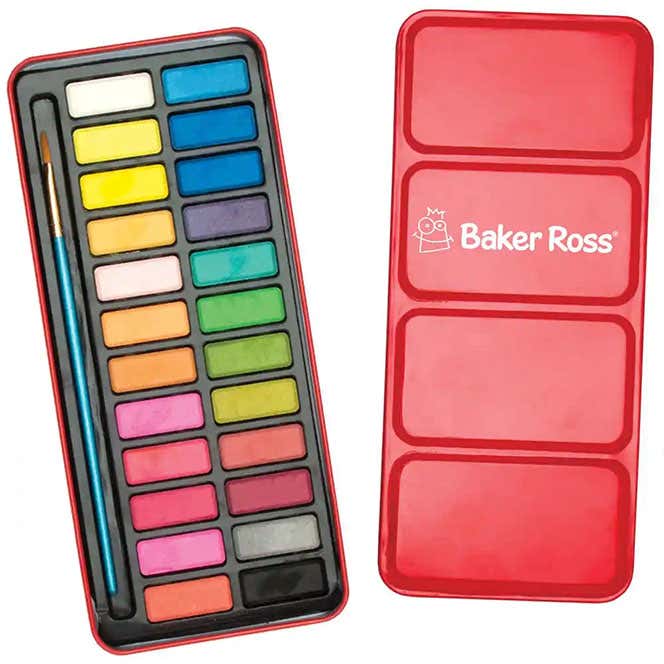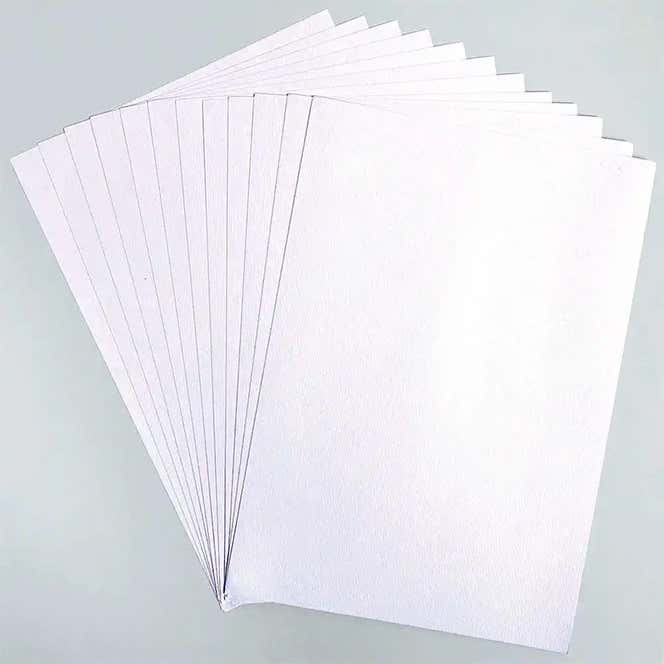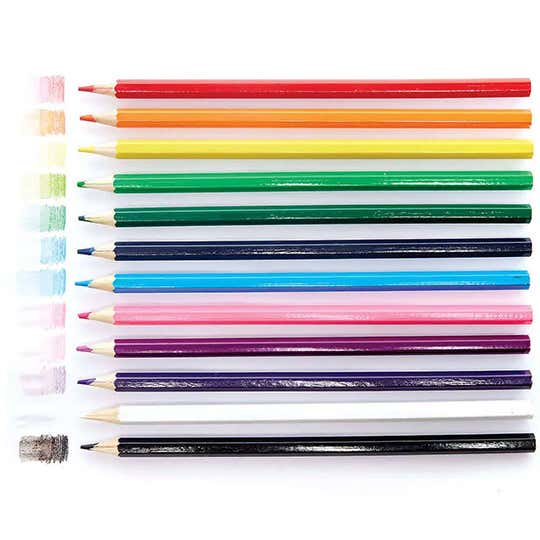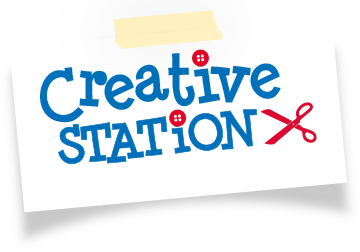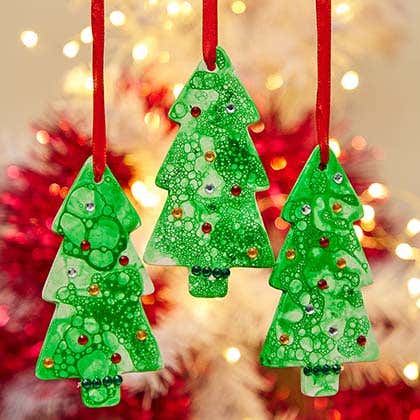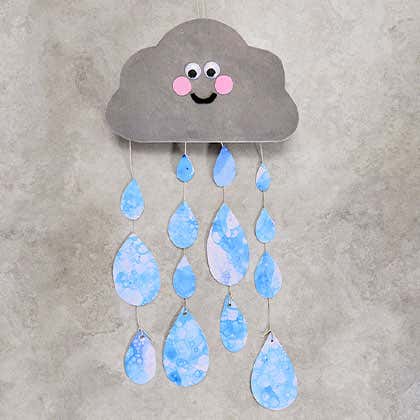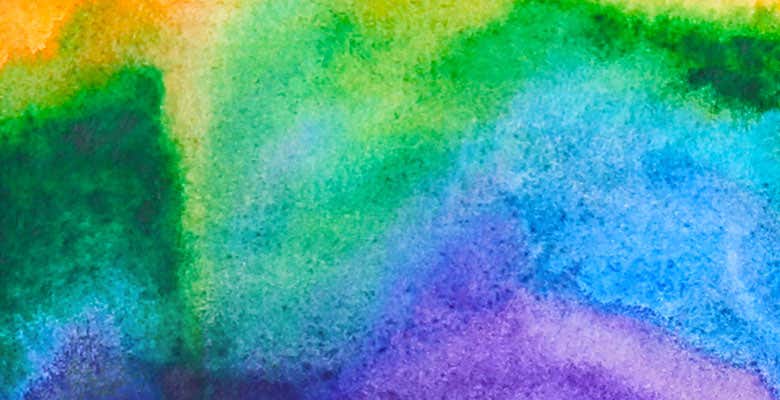
Watercolour Painting Techniques
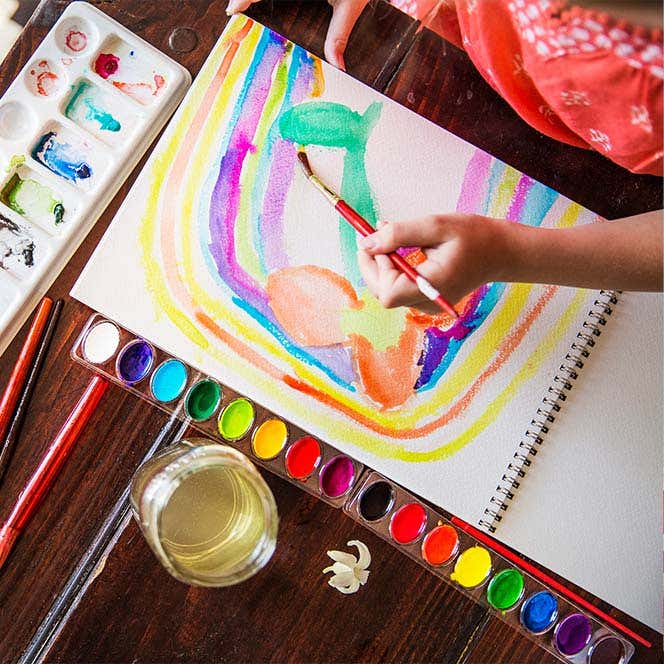
Most people are familiar with more well known watercolour artists such as Turner, Constable and Paul Sandby, who himself helped to set up The Royal Academy of Art in 1768, but did you know that watercolour painting was actually first used in ancient times by mixing various pigments with water to create artwork on the walls of caves.
Over time it became a popular medium for medieval artists such as Michelangelo and Leonardo da Vinci who created huge frescos by mixing pigments with water and painting them on to wet plaster.
But it was the wider availability of paper from the 18th Century onwards that really helped to make it a popular and more accessible art medium across Europe.
Watercolour painting is considered one of the most popular types of painting and often results in beautiful pictures with an abundance of different shades and tones all created from the original colours in your art box.
Which watercolour painting technique is best?
Before you start you’ll need to decide which technique you want to use:
Flat wash
Ideal for larger areas such as the sky or water scenes, mix paint with water and moisten, but do not soak, a whole section of your painting.
Graded wash
Often used for areas similar to those you have flat washed, it results in a graduation of the colour. Simply dilute paint after each stroke so it becomes paler.
Wet on wet
Moisten the paper with your damp brush adding the desired shape. Then dilute some paint and paint over the moistened section to give a soft appearance.
Wet on dry
Paint a single layer and allow to dry. Then paint another layer on top. This is ideal to add layers for definition or more detail.

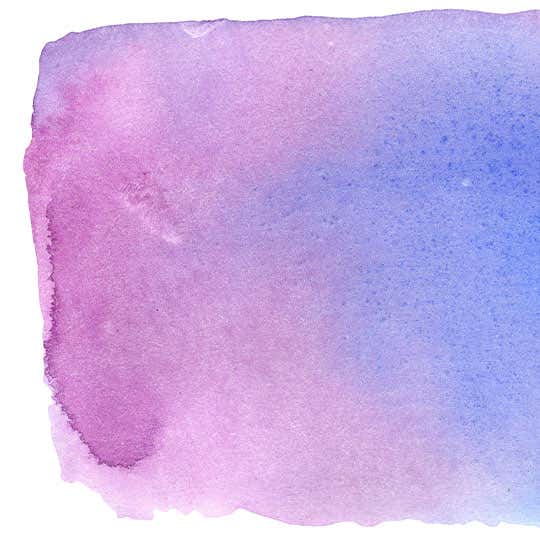
How to use watercolour paints:
• Dip your paintbrush in some fresh water
• Dampen your chosen paint colour with the wet brush
• Add the first stroke of paint to your picture
• Repeat allowing the colours to ’bleed’ into each other
• Clean your brush wiping off any excess water
• Repeat and continue
• Keep a small cloth nearby to wipe away excess paint.
Advantages of using watercolour paints
Watercolour paints are particularly ideal for older children who have mastered the ability to use finer paint brushes enabling them to add more detail and definition to their work. This type of paint is easy to use and gives a lovely translucent appearance to your work. Importantly it is also quick to dry. A great advantage if you have a class of budding artists whose work needs to be left to dry on the side before putting away.

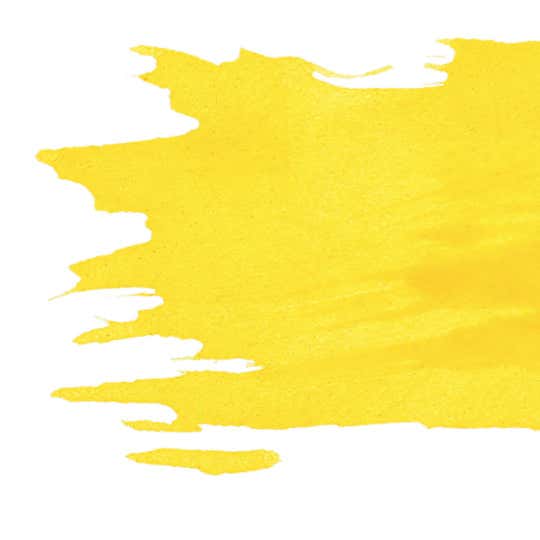
How to paint with watercolours for beginners
Painting with watercolours couldn’t be easier. It’s all about the blending and mixing so if you go wrong you can easily paint over the area or thin down or thicken up the colour so no one will ever know! How about painting a garden full of beautiful watercolour flowers with all the colours of the rainbow, or a rainbow heart like below.
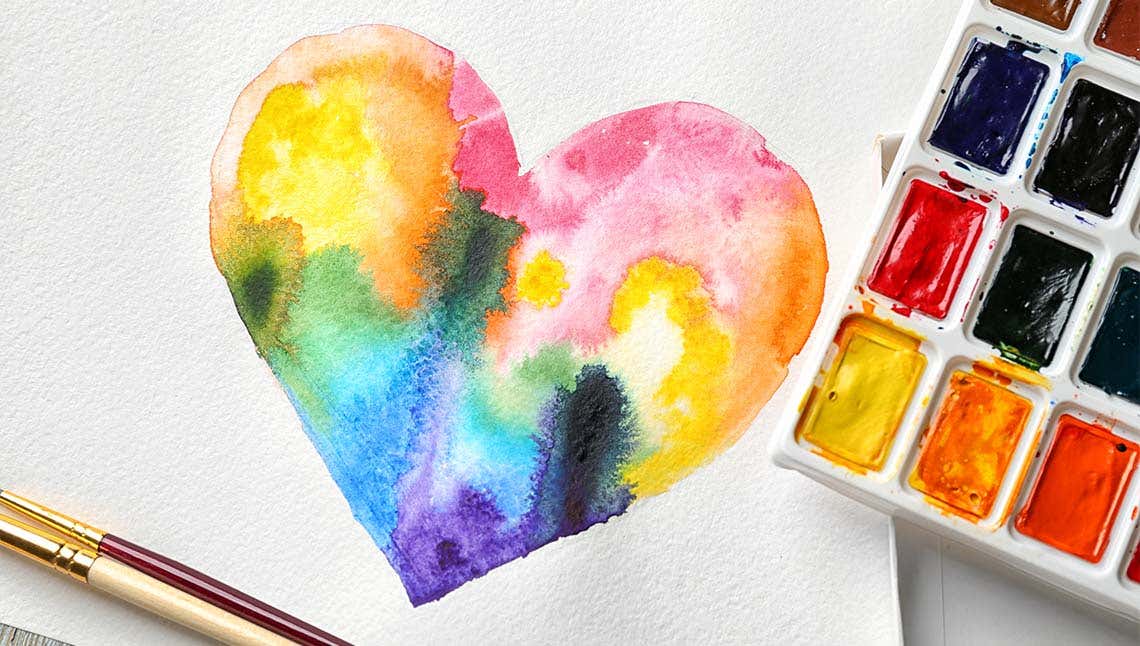
How to use watercolour pencils
Did you know that you can use watercolour pencils as well as the more familiar paints to watercolour on paper? They can be used both wet and dry on damp watercolour paper creating the perfect finish. Our watercolour pencil sets include 12 beautiful colours to help you to add extra detail and finesse to your artwork.
We would love to see some of your watercolour painting so don’t forget to share your photos on our social platforms or follow us @bakerrossltd for some daily inspiration.



